Many school districts struggle with how to expand students’ interest, excitement, and achievement in STEM. Without the right approach, however, the result is often random acts of STEM that do little to show students how fascinating or relevant these subjects really are.
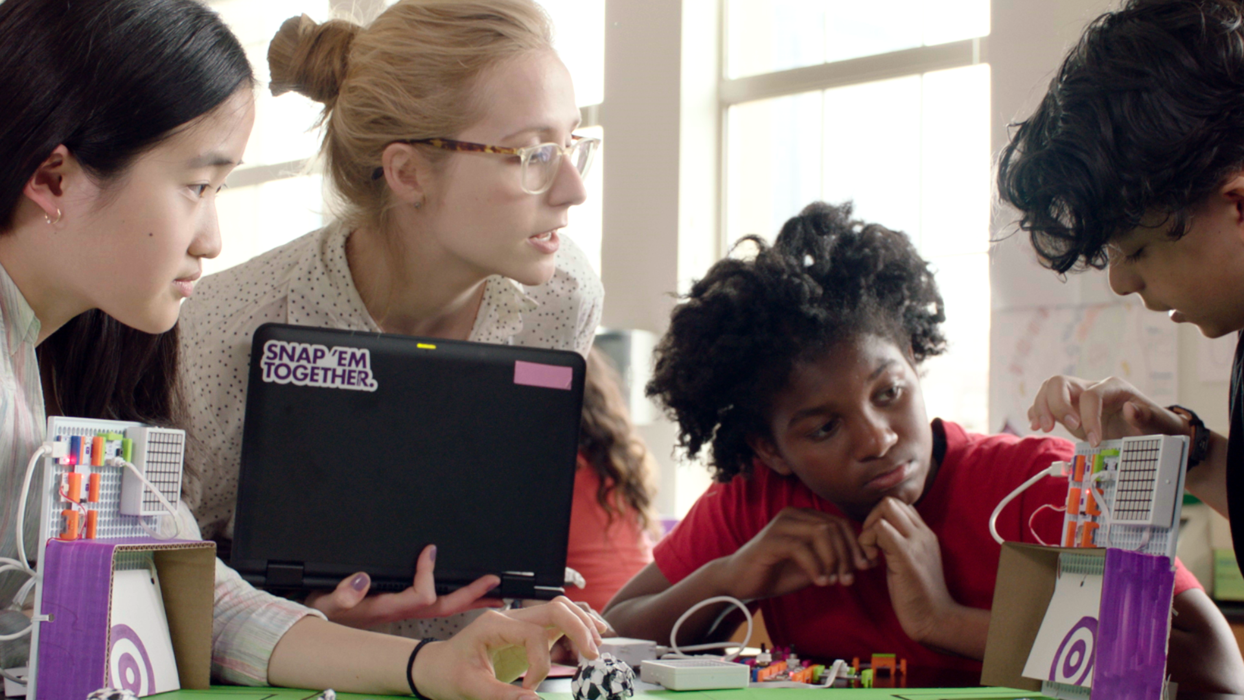
Unlike the science and math classes of yesteryear, STEM is not about reading from textbooks or memorizing facts and formulas. STEM is about doing. It’s about helping students to develop a deep understanding of science, technology, engineering and mathematics, and giving them ample opportunities to apply that learning. Creativity, communication, and innovation are essential pillars of this journey.
Here are a few of the strategies we’ve implemented to give students hands-on, inquiry-based STEM learning experiences that are preparing them for college and careers.
By Larry Plank (Larry Plank is the director for K-12 STEM education for Hillsborough County Public Schools in Florida)
1. Teach the teachers first.
The first step to creating high-quality, standards-based, integrated STEM lessons is to help teachers develop their STEM content knowledge and teaching skills. We recently completed a three-year professional development project called “Accelerating Maximum Potential in STEM (AMP-STEM), thanks to a Math-Science Partnership Grant from the Florida Department of Education. Working in partnership with the University of South Florida, we created and conducted summer institutes, STEM certification courses, and STEM Writers Academies.
Throughout our PD, we modeled the same instructional approaches that we want teachers to utilize with their students. Instead of “sit and get” instruction, we implemented a constructivist framework to engage and challenge teachers to think at higher levels, and we implemented the 5E instructional model to deliver our content training. By modeling and involving teachers in STEM best practices, we improved their abilities to apply these practices in their classrooms. Within the STEM lessons we covered, we also incorporated the same tools and technologies that teachers would use with their students, which increased their confidence and helped with lesson planning as well.

2. Create an active space for STEM learning.
One big way we are leveraging the power of technology in STEM learning is in our “Innovations Lab.” To date, we have installed these high-tech, hands-on labs in two K-8 schools and two middle schools.
The Innovations Lab includes a science lab, digital microscopes, large screen TVs, mobile furniture, a robotics court and netbooks, as well as PASCO Scientific Wireless Sensors, SPARKvue data collection and analysis software, and SPARK Element handheld science learning devices. The size of three classrooms, this lab provides an active space where students can develop problem-solving and critical thinking skills. They can conduct experiments, make scientific data measurements, analyze their data, generate their own claims, and discuss their claims with their peers. They can even write on their desks or the walls to sketch out ideas in an environment similar to that of professional scientists and engineers. All of this helps bring STEM to life while making learning more fun.
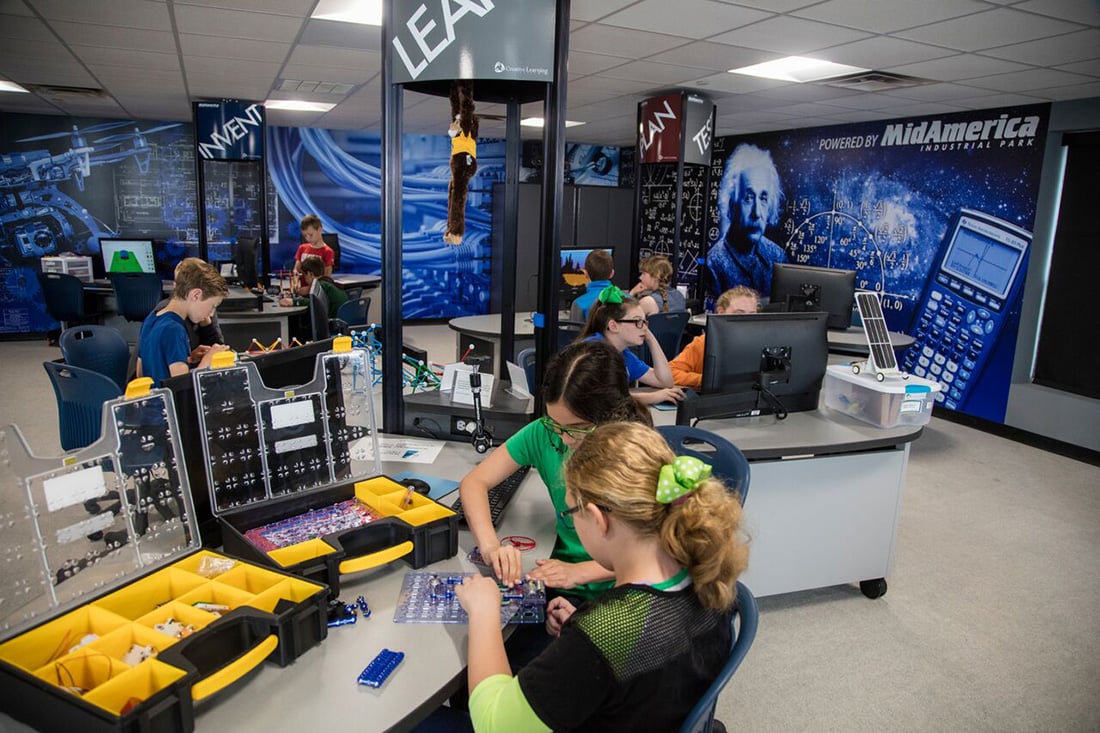
3. Build 21st century skills and make real world connections.
Students love robots. So, within the Innovations Lab, we use robotics systems to help students build engineering skills as well as 21st century skills such as teamwork, problem solving, and leadership. In the robotics court, which snaps together and can be quickly assembled and disassembled, students build and program robots and participate in robotics competitions.
To further encourage students’ — and especially girls’ — interest in engineering, we often pose real-world problems and ask them to come up with solutions that will benefit our community or society at large. For example, we invited a marine scientist to discuss her work and then we assigned related tasks to students. In one task, we asked them to build a robot to rescue a manatee and transport it to the local zoo. In another, students were asked to create a robot that could protect the local ecosystem from an oil spill.
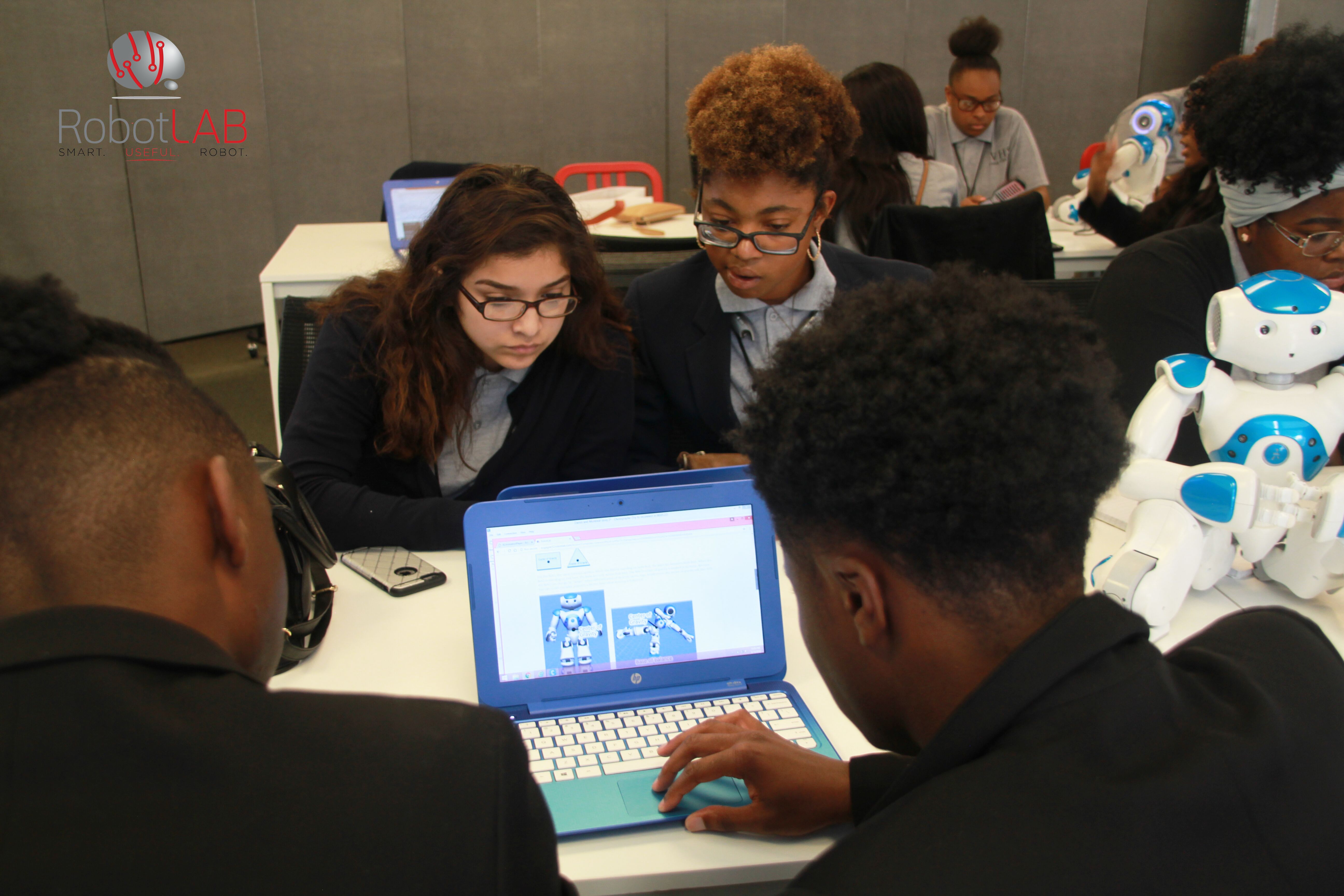
4. Go wireless.
The Wireless Sensors have added a whole new dimension to what we can do in the Innovations Lab, as well as STEM courses district-wide. Because the sensors remove the clutter of cables, students can now conduct experiments that would have been impossible before. For example, in our award-winning outdoor learning space, Nature’s Classroom, wireless sensors have allowed for even our youngest scientists to collect meaningful data in the field. The wireless sensors also reduce lab set-up and clean-up time and the time it takes students to collect data, which means they can spend more time on analysis and discussion. This results in deeper conceptual learning.
Increasing students’ understanding and interest in STEM
The use of technology-supported inquiry and hands-on experiences, which incorporate the environments and the tools of modern STEM careers, is helping to improve students’ understanding of core STEM concepts and practices, while increasing their motivation to learn more.
In a career interest survey we conducted in grades 7–11, nearly 80% of students identified STEM careers as potential options for their future. We believe this is due not only to what we are teaching students but to how we’re teaching them.
We are also seeing gains in student performance. Our district, which includes more than 203,000 students in 250 schools, typically performs at or above the state average in science and math. Among the 10 largest districts in Florida, we have moved from seventh or eighth place all the way up to third in science scores for our elementary schools.
Our focus on STEM, particularly in our Innovations Labs, has created a culture shift around the importance of these subjects and the idea that they can be fun. It is this shift in thinking that has gotten us to where we are now.
We plan to engage in a series of meetings with representatives from the technology and biomedical sectors of our community. In these meetings, we plan to work together to better define the STEM skill sets students should have when they leave our schools. The goal is to create a more productive ecosystem that will better serve our students as well as local employers. Through this collaboration, we can ensure we are meeting our students’ educational needs while filling the STEM pipeline with qualified workers.
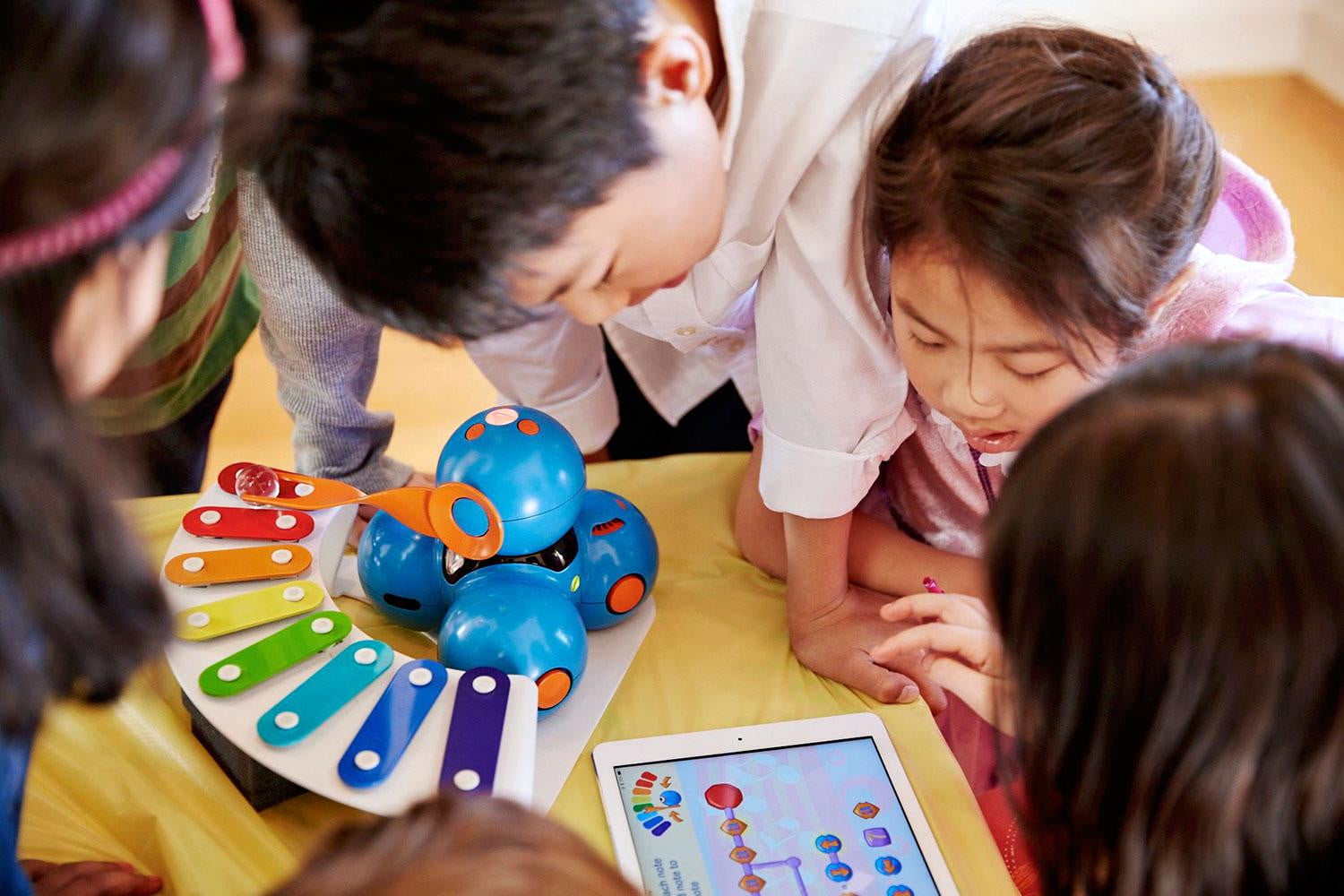
Want to discover more STEM tools for your students?
Check our products page and start planning your STEM lessons with RobotLAB! and our learning Platform EngageK12!
RobotLAB products Take me to Engage! K12
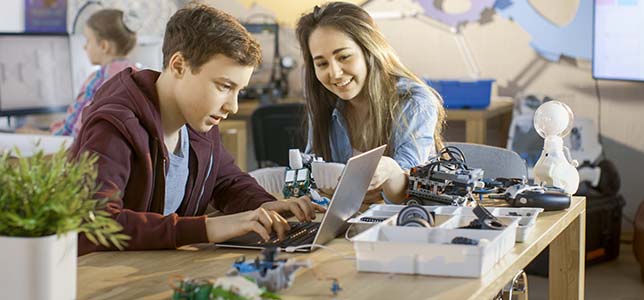
This article is original from SmartBrief: https://www.smartbrief.com/original/2017/08/getting-students-excited-about-stem
